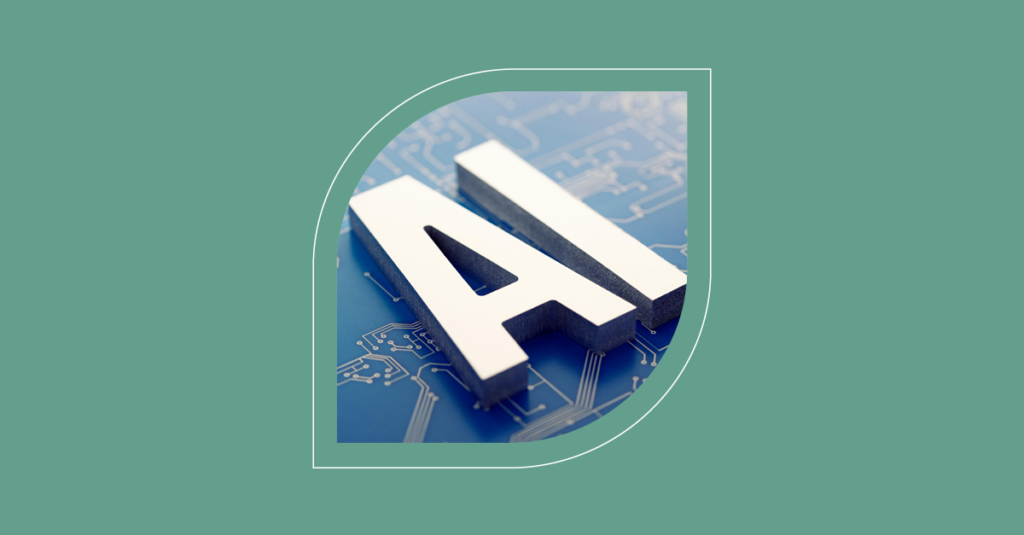Technology Issues in Education and How ITSM Helps

This week’s blog is a little different. In that much of it has been contributed to by what we’d call an end user or a customer – in this case, a Design and Technology teacher named Tom. The purpose is to outline many of the technology-related issues that those working in education are currently experiencing, and to point out where those of us working in IT service management (ITSM) and IT support roles can do more to help. I’ve chosen not to share Tom’s full name just in case he catches some grief at his school.
Below you’ll find 5 real-life examples of technology issues in the education sector, and then I’ll talk about how ITSM can help with them.
This blog details real-life examples of technology issues in the #education sector and about how #ITSM can help with them. Share on X1. Tom’s day-to-day reliance on IT
Tom finds that all the technology in education makes it almost impossible for him to educate without it. It’s everywhere. From planning lessons, to storing student data, to projecting lessons on the board. Even paying for his lunch in the canteen with a thumbprint. Unfortunately, however, for an industry so dependent on technology, the technology isn’t always dependable. And, when the technology doesn’t work, it might mean the same for the teacher and their classroom full of students.
2. There’s no doubt that money can be blamed for much of this
They say that “Money makes the world go around.” Tom finds that this couldn’t be truer when it comes to technology in an underfunded education establishment. Many a time he’s waited weeks for a slot to appear in one of the few available computer rooms, only to turn up and find a broken screen, a faulty keyboard, or missing mice on several machines.
From a teacher’s perspective, Tom finds that the lack of funding makes it next to impossible to maintain the machines such that there’s consistently enough for a full class. This is through no fault of the IT technicians who Tom thinks are some of the hardest working people in the school, and they usually don’t get the benefit of the school holidays!
This might seem trivial but it’s preventing Tom’s students from learning.
3. Technology limitations in critical periods
Tom finds that the Summer term is particularly difficult when it comes to technology. All the departments are fighting over the computer rooms because they all have similar “controlled assessment” deadlines. But this isn’t the only reason… During the summer, if Tom needs anything projected onto the whiteboard, he has to close all the blinds, turn the lights off, and gather the students around the board to see. Because the expensive bulb in the projector has gotten so worn, that it’s no longer bright enough to be seen otherwise. It’s a good example where the technology is there, and working, but still isn’t fit for purpose.
4. Matching technology and people’s capabilities
More and more of Tom’s students have access to smartphones and tablets, however student access to a home computer seems to be on the decline. This makes the setting of homework, such as research tasks or word-processed tasks that require printing, much more problematic. And for some reason, Tom’s students don’t like spending their lunchtimes in the computer room completing their homework?!
Tom’s issues go beyond homework though. UK primary schools – the equivalent of elementary schools in the US – have such a varied range of technology from school to school, that when Tom receives his fresh-faced, smartly-dressed, eager-to-learn students, they’re all at different stages of technological development. Some have used iPads, some have used MacBooks, and some have used Windows-based systems such as what his school uses. What this means for Tom is that some students already have a firm grasp of the computing basics, such as how to set up a document, research, and print pictures. On the other hand, other students can barely log in. This can make a quick trip to the computer room to perform some research quite troublesome.
5. Failing to receive the ROI on equipment/technology investments
Tom finds that the Design and Technology department, in particular, has an “unused technology” problem. Here, a member of staff will have good intentions, convince the head and the governors that the department would greatly benefit from a new piece of equipment. Only to then leave the following year (onto pastures new), leaving behind the equipment that the remaining or replacement staff have no idea how to use.
Another example, and for Tom his most frustrating issue, was when a grant was provided for a new big, all singing, all dancing, impressive piece of equipment. Unfortunately, for it to be doomed to only being brought out on open days to “wow” parents as it proved too expensive and time-consuming to make use of in class. This is the school’s 3D printer. But only one computer has the program to design anything for it, and the plastic it needs for printing is far too expensive for a full class to make anything of a size worth having.
How ITSM helps educational institutions
If you work in education, either as a service receiver (like Tom) or an IT service provider, Tom’s experiences as a teacher, and examples, might seem familiar. If so, then while ITSM can’t provide your educational institution with more funding, it can help you to make the most of your limited budgets and the associated people resources.
Here @Doronywood discusses 5 key ways that #ITSM helps #educational institution IT teams. Share on XA full and detailed list of how ITSM helps educational institution IT teams would make this blog twice as long as it already is. However, 5 key benefits can be quickly called out, for instance:
- Reduced operational costs and improved efficiency – through the consistent use of best practice processes and fit-for-purpose ITSM technology. IT technicians can do more in their working day, benefiting from automation and service orchestration in particular. Not only does this reduce the student and teacher technology downtime that prevents learning, the technicians might even be able to free up the time to occasionally give guidance to both students and teachers on how best to use the available technology.
- Increased staff and student productivity – due to reduced level of issues, thanks to better ITSM capabilities, and the speedier resolution of the issues that do happen, there’s then higher service (technology) availability for students and teachers that fully supports their learning needs. Whether this is the equipment in computer rooms or the availability of online learning modules.
- Improved customer experience – related to both IT services and IT support. Your IT technicians might be, as in Tom’s instance, working extremely hard but still causing customer issues and dissatisfaction. Let the introduction of ITSM best practice and enabling technology help to turn that hard work into better customer, learning, and organization-level outcomes.
- Reduced wastage – through the better understanding and management of IT and non-IT assets and services in particular. There’s only one thing worse than having insufficient funding – that’s wasting some of the limited budget you do have. So, use proven ITSM capabilities to optimize everything from IT support to executive decision-making.
- Better visibility – into services, performance, outcomes, and improvement opportunities. One of the biggest issues of IT teams that are operating without formal practices and the support of fit-for-purpose ITSM technology, beyond the constant tail chasing, is that it’s difficult – sometimes impossible – to understand the true level of performance, the key issues, and where easy-to-fix improvement opportunities lie. For example, knowing that a self-service password reset capability could save each technician an hour or more a day. Or identifying repeat technology issues where it would be far more effective to address the root cause (rather than each and every occurrence of the issues). Or, as a final example, identifying where technicians are spending excessive time dealing with issues related to a lack of user training rather than issues with the technology itself.
Which, along with other benefits, add up to making life easier – and better – for both IT support staff and the teachers, students, and administrative staff they serve.
If you would like to find out more about how ITSM and SysAid can help your educational institution, read about it here, and feel free to request a personal demo.
Did you find this interesting?Share it with others:
Did you find this interesting? Share it with others:









